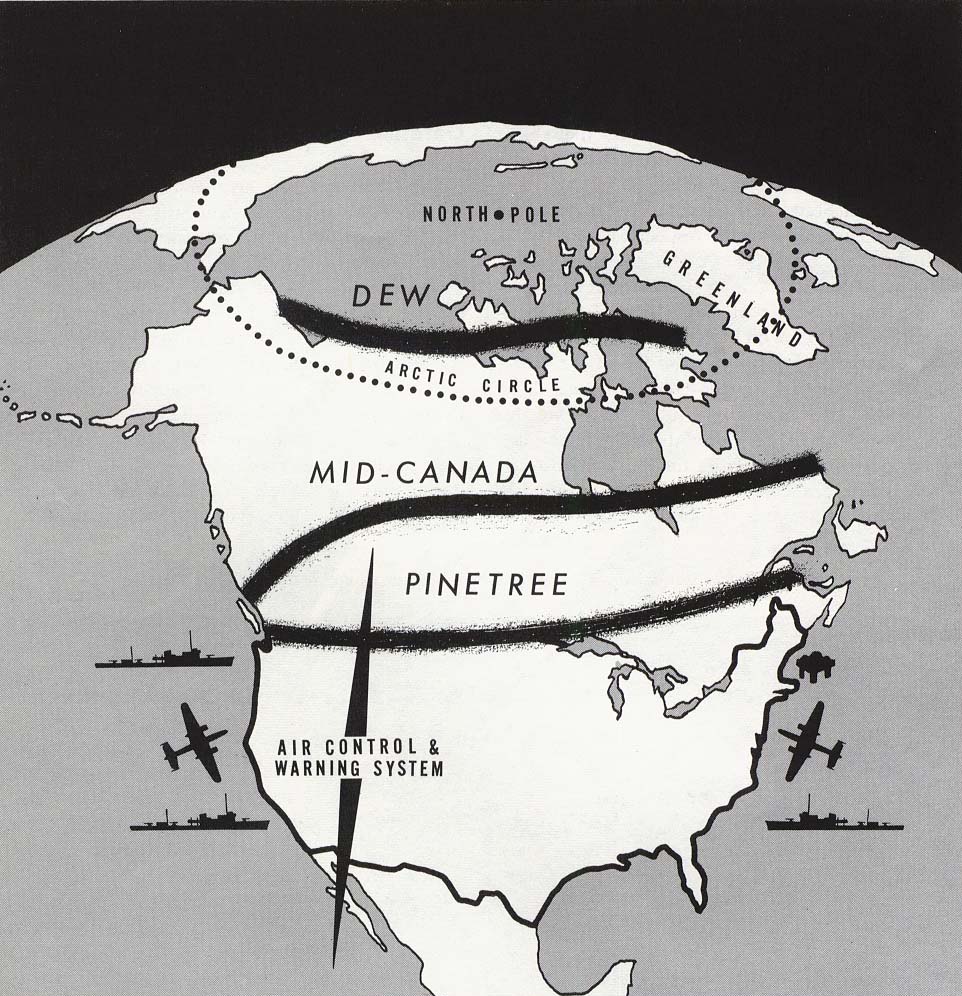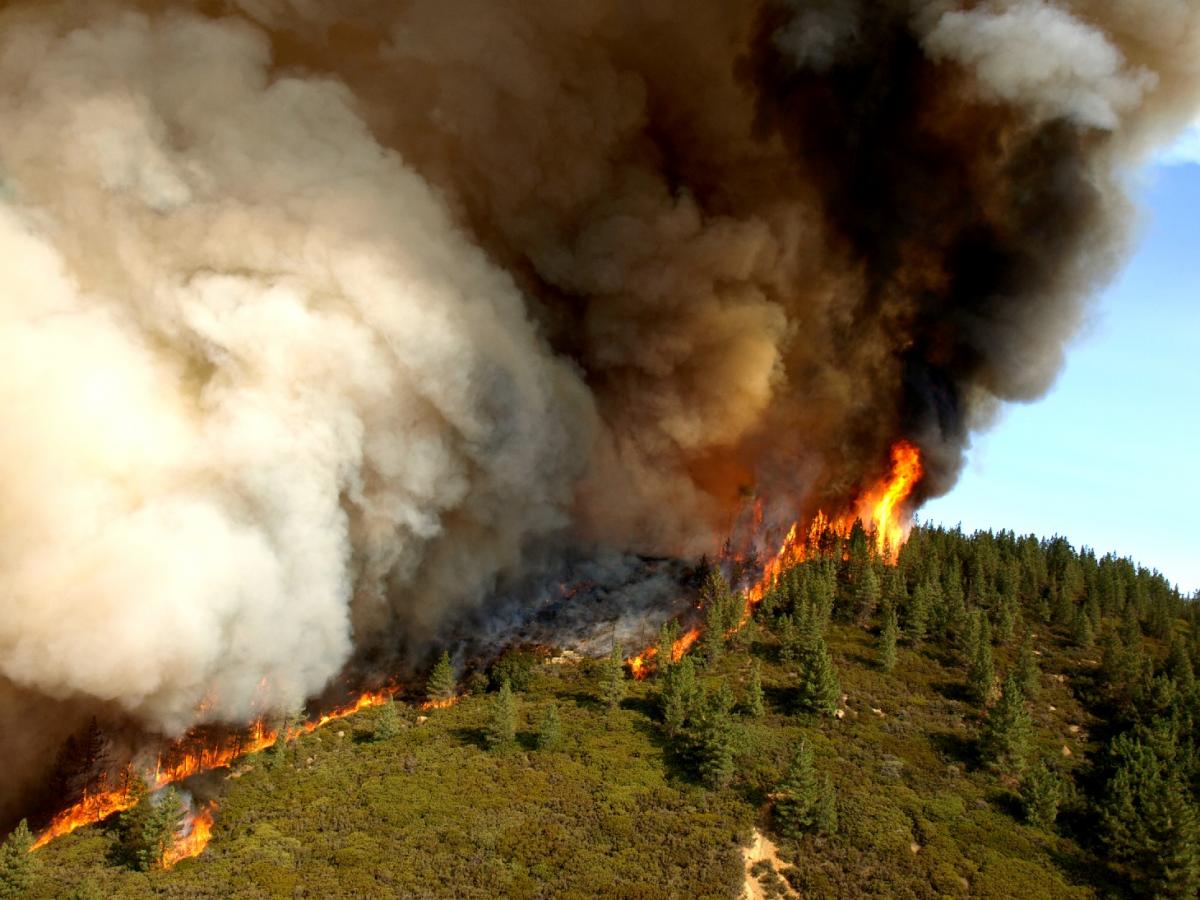|
Redundancy (engineering)
In engineering, redundancy is the intentional duplication of critical components or functions of a system with the goal of increasing reliability of the system, usually in the form of a backup or fail-safe, or to improve actual system performance, such as in the case of GNSS receivers, or multi-threaded computer processing. In many safety-critical systems, such as fly-by-wire and hydraulic systems in aircraft, some parts of the control system may be triplicated, which is formally termed triple modular redundancy (TMR). An error in one component may then be out-voted by the other two. In a triply redundant system, the system has three sub components, all three of which must fail before the system fails. Since each one rarely fails, and the sub components are expected to fail independently, the probability of all three failing is calculated to be extraordinarily small; it is often outweighed by other risk factors, such as human error. Redundancy may also be known by the term ... [...More Info...] [...Related Items...] OR: [Wikipedia] [Google] [Baidu] |
N-version Programming
''N''-version programming (NVP), also known as multiversion programming or multiple-version dissimilar software, is a method or process in software engineering where multiple functionally equivalent programs are independently generated from the same initial specifications.N-Version Programming: A Fault-Tolerance Approach to Reliability of Software Operation Liming Chen; Avizienis, A., Fault-Tolerant Computing, 1995, ' Highlights from Twenty-Five Years'., Twenty-Fifth International Symposium on, Vol., Iss., 27-30 Jun 1995, Pages:113- The concept of ''N''-version programming was introduced in 1977 by Liming Chen and Algirdas Avizienis with the central conjecture that the "independence of programming efforts will greatly reduce the probability of ... [...More Info...] [...Related Items...] OR: [Wikipedia] [Google] [Baidu] |
Power Scheduling
Power most often refers to: * Power (physics), meaning "rate of doing work" ** Engine power, the power put out by an engine ** Electric power * Power (social and political), the ability to influence people or events ** Abusive power Power may also refer to: Mathematics, science and technology Computing * IBM POWER (software), an IBM operating system enhancement package * IBM POWER architecture, a RISC instruction set architecture * Power ISA, a RISC instruction set architecture derived from PowerPC * IBM Power microprocessors, made by IBM, which implement those RISC architectures * Power.org, a predecessor to the OpenPOWER Foundation * SGI POWER Challenge, a line of SGI supercomputers Mathematics * Exponentiation, "''x'' to the power of ''y''" * Power function * Power of a point * Statistical power Physics * Magnification, the factor by which an optical system enlarges an image * Optical power, the degree to which a lens converges or diverges light Social sciences a ... [...More Info...] [...Related Items...] OR: [Wikipedia] [Google] [Baidu] |
Spot Network Substation
In electricity distribution networks, spot network substations (network transformers) are used in interconnected distribution networks. They have the secondary network (also called a grid network) with all supply transformers bussed together on the secondary side at one location. Spot networks are considered the most reliable and most flexible arrangement of connecting power to all types of loads. Switching can be done without interrupting the power to the loads. Description Electricity distribution networks are typically of two types, radial or interconnected. A radial network arranges the station and branches like a tree with no connection to any other supply. This is typical of long rural lines with isolated load areas. In general, the radial distribution network has more power failures than the interconnected distribution networks. In a secondary network the transformers are distributed across an area (e.g. in streets) and have multiple supplies. The transformers are wired ... [...More Info...] [...Related Items...] OR: [Wikipedia] [Google] [Baidu] |
Electrical Power Distribution
Electric power distribution is the final stage in the delivery of electric power; it carries electricity from the transmission system to individual consumers. Distribution substations connect to the transmission system and lower the transmission voltage to medium voltage ranging between and with the use of transformers. ''Primary'' distribution lines carry this medium voltage power to distribution transformers located near the customer's premises. Distribution transformers again lower the voltage to the utilization voltage used by lighting, industrial equipment and household appliances. Often several customers are supplied from one transformer through ''secondary'' distribution lines. Commercial and residential customers are connected to the secondary distribution lines through service drops. Customers demanding a much larger amount of power may be connected directly to the primary distribution level or the subtransmission level. The transition from transmission to distrib ... [...More Info...] [...Related Items...] OR: [Wikipedia] [Google] [Baidu] |
Depth Perception
Depth perception is the ability to perceive distance to objects in the world using the visual system and visual perception. It is a major factor in perceiving the world in three dimensions. Depth perception happens primarily due to stereopsis and accommodation of the eye. Depth sensation is the corresponding term for non-human animals, since although it is known that they can sense the distance of an object, it is not known whether they perceive it in the same way that humans do. Depth perception arises from a variety of depth cues. These are typically classified into binocular cues and monocular cues. Binocular cues are based on the receipt of sensory information in three dimensions from both eyes and monocular cues can be observed with just one eye. Binocular cues include retinal disparity, which exploits parallax and vergence. Stereopsis is made possible with binocular vision. Monocular cues include relative size (distant objects subtend smaller visual angles than ne ... [...More Info...] [...Related Items...] OR: [Wikipedia] [Google] [Baidu] |
Active Redundancy
Active redundancy is a design concept that increases operational availability and that reduces operating cost by automating most critical maintenance actions. This concept is related to condition-based maintenance and fault reporting. History The initial requirement began with military combat systems during World War I. The approach used for survivability was to install thick armor plate to resist gun fire and install multiple guns. This became unaffordable and impractical during the Cold War when aircraft and missile systems became common. The new approach was to build distributed systems that continue to work when components are damaged. This depends upon very crude forms of artificial intelligence that perform reconfiguration by obeying specific rules. An example of this approach is the AN/UYK-43 computer. Formal design philosophies involving active redundancy are required for critical systems where corrective labor is undesirable or impractical to correct failure during ... [...More Info...] [...Related Items...] OR: [Wikipedia] [Google] [Baidu] |
Distant Early Warning Line
The Distant Early Warning Line, also known as the DEW Line or Early Warning Line, was a system of radar stations in the northern Arctic region of Canada, with additional stations along the north coast and Aleutian Islands of Alaska (see Project Stretchout and Project Bluegrass), in addition to the Faroe Islands, Greenland, and Iceland. It was set up to detect incoming bombers of the Soviet Union during the Cold War, and provide early warning of any sea-and-land invasion. The DEW Line was the northernmost and most capable of three radar lines in Canada and Alaska. The first of these was the joint Canadian-United States Pinetree Line, which ran from Newfoundland to Vancouver Island just north of the Canada–United States border, but even while it was being built there were concerns that it would not provide enough warning time to launch an effective counterattack. The Mid-Canada Line (MCL) was proposed as an inexpensive solution using bistatic radar. This provided a "trip ... [...More Info...] [...Related Items...] OR: [Wikipedia] [Google] [Baidu] |
Conflagration
A conflagration is a large fire. Conflagrations often damage human life, animal life, health, and/or property. A conflagration can begin accidentally, be naturally caused (wildfire), or intentionally created (arson). A very large fire can produce a firestorm, in which the central column of rising heated air induces strong inward winds, which supply oxygen to the fire. Conflagrations can cause casualties including deaths or injuries from burns, trauma due to collapse of structures and attempts to escape, and smoke inhalation. Firefighting is the practice of extinguishing a conflagration, protecting life and property and minimizing damage and injury. One of the goals of fire prevention is to avoid conflagrations. When a conflagration is extinguished, there is often a fire investigation to determine the cause of the fire. Causes and types During a conflagration a significant movement of air and combustion products occurs. Hot gaseous products of combustion move upward, c ... [...More Info...] [...Related Items...] OR: [Wikipedia] [Google] [Baidu] |
Continent
A continent is any of several large landmasses. Generally identified by convention rather than any strict criteria, up to seven geographical regions In geography, regions, otherwise referred to as zones, lands or territories, are areas that are broadly divided by physical characteristics (physical geography), human impact characteristics (human geography), and the interaction of humanity and t ... are commonly regarded as continents. Ordered from largest in area to smallest, these seven regions are: Asia, Africa, North America, South America, Antarctica, Europe, and Australia (continent), Australia. "Most people recognize seven continents—Asia, Africa, North America, South America, Antarctica, Europe, and Australia, from largest to smallest—although sometimes Asia and Europe are considered a single continent, Eurasia." Variations with fewer continents may merge some of these, for example Americas, America, Eurasia, or Afro-Eurasia are sometimes treated as single contin ... [...More Info...] [...Related Items...] OR: [Wikipedia] [Google] [Baidu] |
Twisted Pair
Twisted pair cabling is a type of wiring used for communications in which two conductors of a single circuit are twisted together for the purposes of improving electromagnetic compatibility. Compared to a single conductor or an untwisted balanced pair, a twisted pair reduces electromagnetic radiation from the pair and crosstalk between neighboring pairs and improves rejection of external electromagnetic interference. It was invented by Alexander Graham Bell. For additional noise immunity, twisted-pair cabling may be shielded. Cable with shielding is known as shielded twisted pair (STP) and without as unshielded twisted pair (UTP). Explanation A twisted pair can be used as a balanced line, which as part of a balanced circuit can greatly reduce the effect of noise currents induced on the line by coupling of electric or magnetic fields. The idea is that the currents induced in each of the two wires are very nearly equal. The twisting ensures that the two wires are on av ... [...More Info...] [...Related Items...] OR: [Wikipedia] [Google] [Baidu] |
.jpg)




